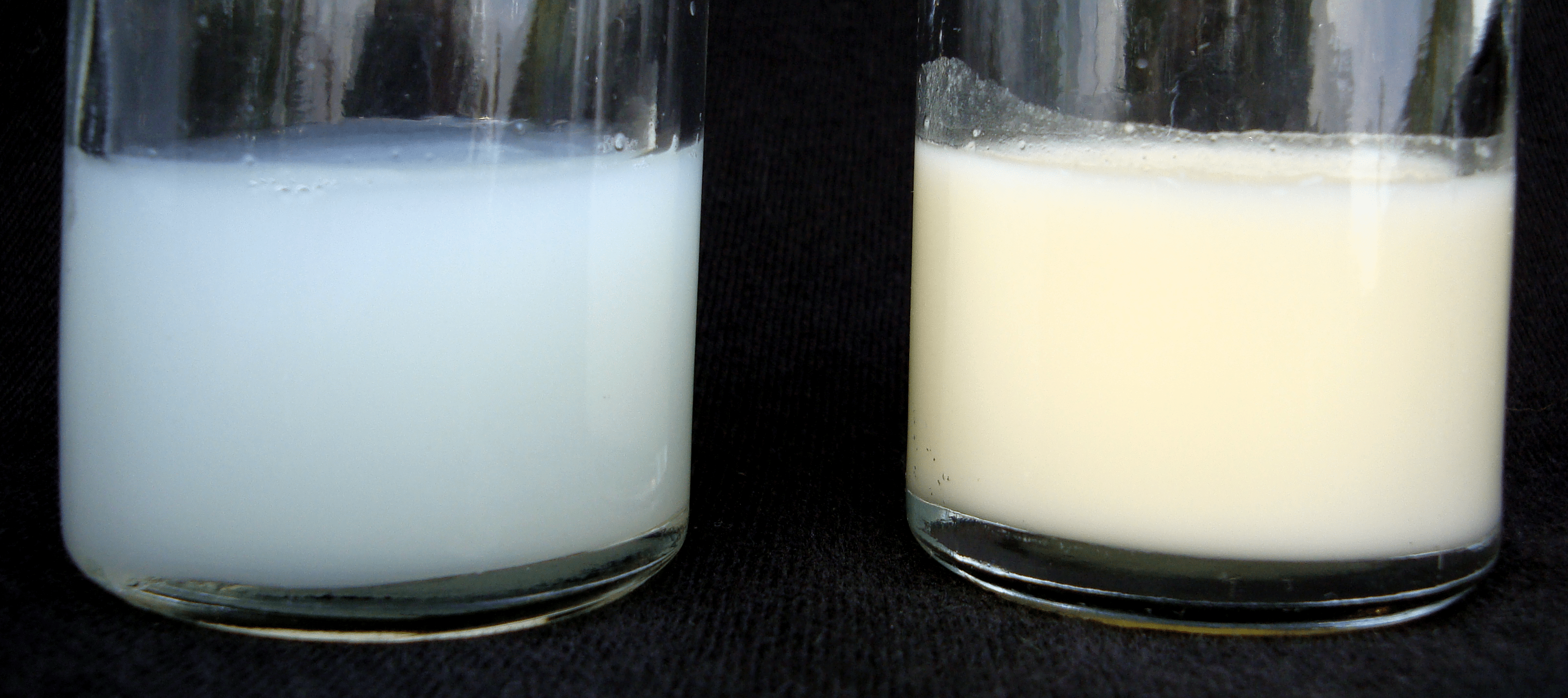The type of feeding during an infant’s first months is a major determinant of gut microbiota composition, shaping immune function, digestion, and even long-term health outcomes.
The microbiome established in early life can influence the risk of conditions such as allergies, obesity, and autoimmune disorders.
While breastfeeding is considered the gold standard for infant nutrition, infant formula supplemented with probiotics and prebiotics is being explored to better replicate its benefits.
Breast milk is rich in human milk oligosaccharides (HMOs), which selectively promote the growth of beneficial bacteria such as Bifidobacterium and Lactobacillus (Guaraldi & Salvatori, 2012). These bacteria play a crucial role in immune modulation and pathogen defense.
Research by Davis et al. (2022) has linked early microbial colonization, driven by breastfeeding, with a reduced risk of diseases such as allergies, inflammatory bowel disease (IBD), and respiratory infections.
Moreover, breastfed infants show lower gut microbiota diversity but higher stability in beneficial bacteria populations compared to formula-fed infants (Catassi et al., 2024).
This lower diversity is beneficial as it prevents early colonization by potentially harmful bacteria.
A meta-analysis by Ho et al. (2018) demonstrated that exclusively breastfed infants had different metabolic pathways compared to those receiving mixed feeding (both breast milk and formula).
Exclusively breastfed (EBF) infants had microbiota enriched with genes linked to lipid metabolism, vitamin synthesis, and detoxification.
Non-EBF infants had greater bacterial diversity, higher levels of Bacteroidota and Bacillota enhanced carbohydrate metabolism pathways.
Longer exclusive breastfeeding was associated with a lower risk of gut dysbiosis and diarrhea, with microbiota differences persisting beyond six months.
While formula-fed infants tend to have a more diverse microbiome, they often harbor more potentially pathogenic bacteria such as Clostridium difficile and some members of the Enterobacteriaceae family (Guaraldi & Salvatori, 2012). This is due to the absence of bioactive compounds found in breast milk that promote a protective gut environment.
Modern infant formulas now incorporate prebiotics, probiotics, and HMOs to mimic some of the benefits of breast milk.
Studies indicate that adding 2′-Fucosyllactose (2′-FL) and Lacto-N-neotetraose (LNnT) to formula supports the growth of Bifidobacterium and may enhance immune function (Catassi et al., 2024). However, further studies are needed to determine the long-term effects of these bioactive compounds on infant health.
Breastfeeding remains the most effective method for fostering a healthy gut microbiome, with long-lasting implications for immune function and disease prevention.
However, for infants who cannot be breastfed, advancements in formula composition – such as the addition of HMOs and probiotics – are helping to bridge the gap between formula and human milk.
References:
Catassi, G., et al. (2024). The Role of Diet and Nutritional Interventions for the Infant Gut Microbiome. Nutrients, 16(3), 400.
Guaraldi, F., & Salvatori, G. (2012). Effect of Breast and Formula Feeding on Gut Microbiota Shaping in Newborns. Frontiers in Cellular and Infection Microbiology, 2, 94.
Davis, E. C., et al. (2022). Gut Microbiome and Breast-Feeding: Implications for Early Immune Development. The Journal of Allergy and Clinical Immunology, 150(3), 523–534.
Ho, N. T., et al. (2018). Meta-Analysis of Effects of Exclusive Breastfeeding on Infant Gut Microbiota Across Populations. Nature Communications, 9(1), 4169.

